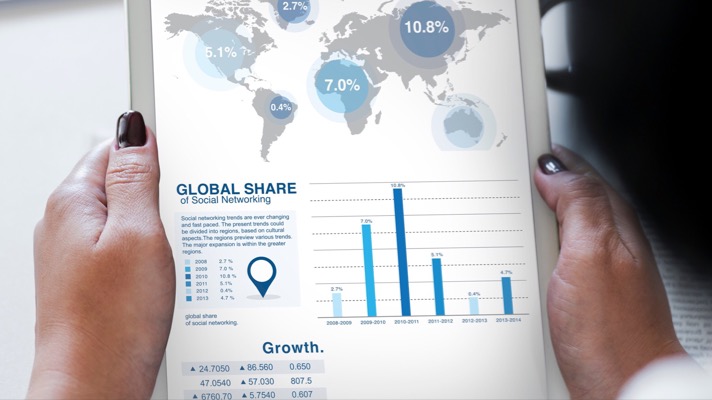For most of us marketers out there, we find it hard to get support and funding from management. When there are budget cuts, the marketing working budget is the first one affected.
Unlike Sales and Operations, and with the exception of digital marketing, it is not easy to show the results of the different marketing disciplines. A misstep is often felt immediately. Positive outcomes usually take time to build.
Therefore, marketing teams feel the pressure to demonstrate that their efforts and investment are in effect essential to the success of a brand. And this is especially critical for Public Relations. It is a powerful communication tool. Well planned and executed, PR gives credibility and validation in a way that advertising could not. But how do you measure the ROI?
To illustrate, here is one of my favorite case studies of a campaign rooted in PR. This was back in 2009 when Queensland, Australia wanted to raise awareness for the Great Barrier Reef. The tourism board posted a job opening for an “Island Caretaker” calling it the “Best Job in the World”. The caretaker’s responsibility was to live on Hamilton Island and blog every week.
The campaign was so unique that over 46K news sites from all over the world picked up on it. On top of that, UGC (user generated content) with over 35K applications from over 200 countries increased the earned media value to $430mio AU (over 350mio USD). The success was such that in 2013, Tourism Australia brought on board sponsors to launch a second campaign to promote the entire country.
This example seems to indicate that it is a good idea to have PR within your marketing mix. But, is the information presented enough to show how successful a campaign did?
In the past, the key metric used for PR evaluation is the AVE (Advertising Value Equivalency) which assigns a dollar value to a PR piece using advertising as base comparison. In its simplest form, the formula is
AVE = Size * Rate (size of the piece, rate that the media outlet charges for that space)
Some would add a multiplier to the formula, with the argument that a PR mention is more valuable than a comparable size of advertising piece. This number varies according to who is doing the math. I’ve seen anything from 3 to 9.
AVE = Size * Rate * X
Sounds great, right? The problem is that AVE in itself doesn’t add much information for decision making nor performance evaluation. Furthermore, that line of thinking is actually detrimental to marketing as a whole. It tries to compete with the rest of the marketing mix for resources and support. It is important to remember that a campaign is maximized when all the marketing efforts are integrated within one coordinated strategy to create synergy.
Even though it is considered obsolete, it is unfortunate that some marketers still use the AVE to report results.
Today, we have evolved our thinking on how to measure PR performance. The basic indicators to consider are impressions (eyeballs reach), number of placements, sentiment (positive, negative, neutral), SOV (share of voice), social media mentions, number and quality of engagement.
If you have access to company sales data, then you have the opportunity to estimate contribution to bottom line. For digital PR, you can use google analytics to track referral traffic. Using sales as indicator, infer a conversion percentage to calculate revenue brought about by the campaign.
Final note. During the planning stage of a campaign, ensure that KPIs are set up front for the posterior evaluation of a campaign and benchmark against the competition.
